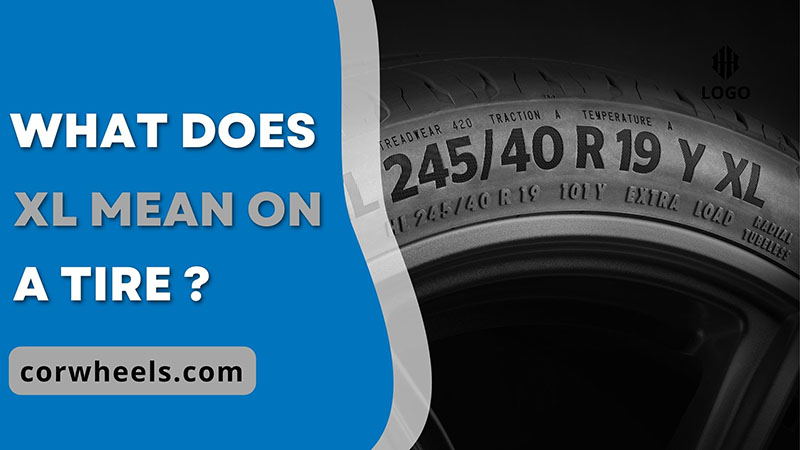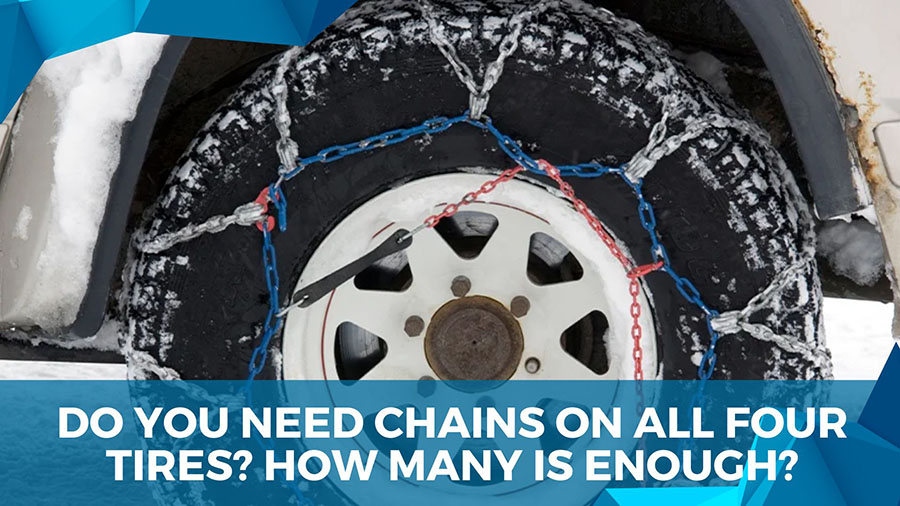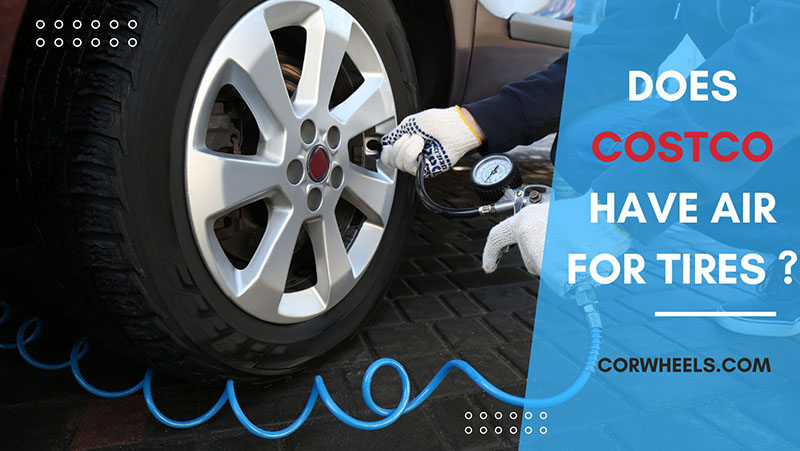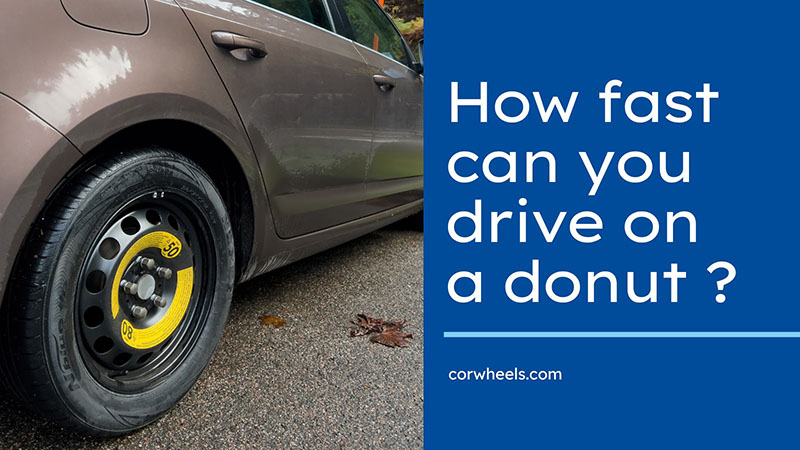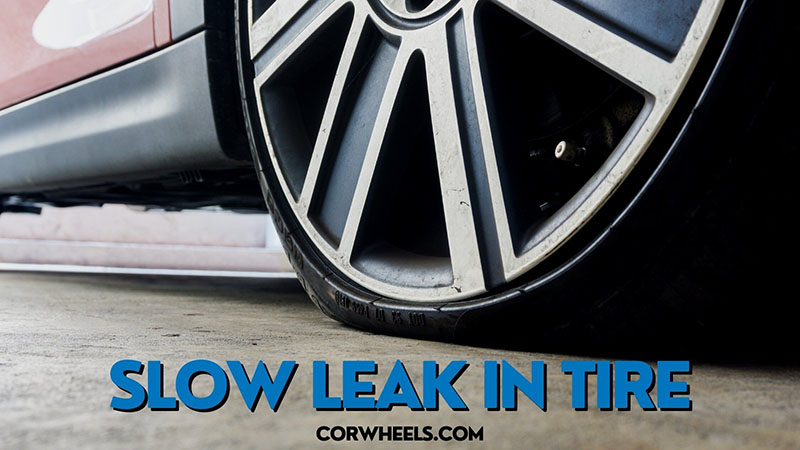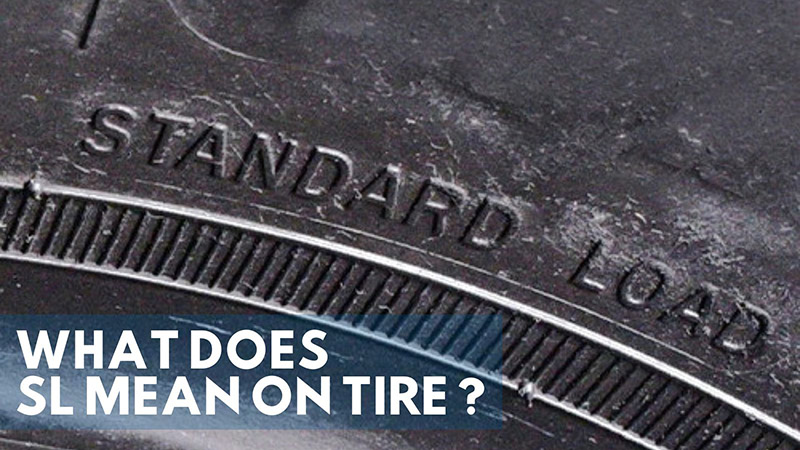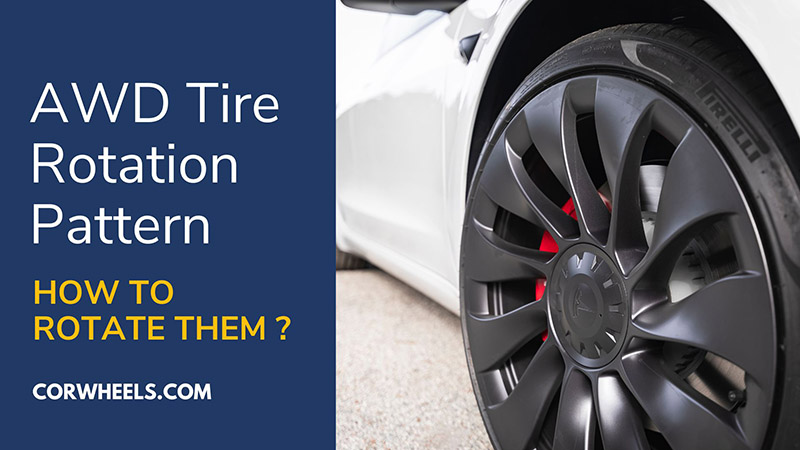If you’ve ever shopped for tires, you may have noticed that some tires have the letters “XL” stamped on the sidewall. Let’s take a closer look at these load range XL tires to see what makes them special and how they differ from regular passenger tires.
In this article:
What Are XL Tires?
The term “XL” stands for “Extra Load.” It designates a tire that can support heavier weight than a standard tire of the same size. The tire must satisfy specific load-carrying capacity standards established by the Tire and Rim Association to be classified as an XL. Extra Load tires typically have a 10% higher weight capacity than a normal tire of the same size.
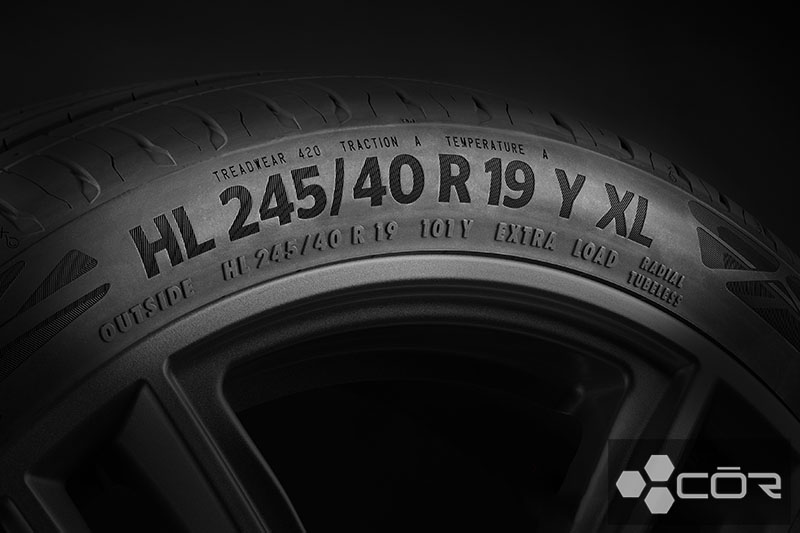
They are also built with a strengthened internal structure. The maximum load pressure for these tires is 41 PSI (pounds per square inch). The enhanced internal structure was created by amplifying the tire’s shoulder with additional materials added during the production process.
XL tires are intended to be tougher than regular tires. They are frequently constructed using stronger materials and techniques to increase their resistance to wear, punctures, and other forms of damage.
Still, like other tires, the actual lifespan of these items depends on several variables, including the tire brand, driving conditions, maintenance, and driving habits.
XL Tires Pros And Cons
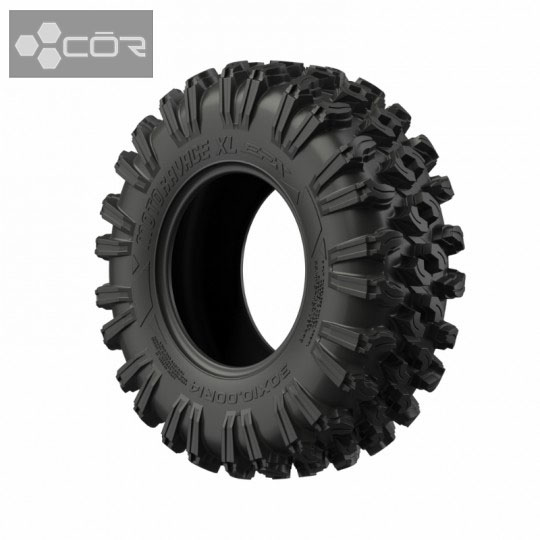
To give you a better insight, we have made a list of the pros and cons of XL tires.
XL Tires Advantages
- Have a longer lifespan than regular tires, even though the driving condition is the same.
- Greater stiffness increases resistance to external damage.
- Less internal damage with heavy use
- Lessen the chance of unintentional curb damage.
- Great ability to lift larger loads.
- Much better adhesion and traction properties
- Excellent for off-road driving.
XL Tires Disadvantages
- Using XL tires while driving can be uncomfortable due to the additional noise.
- Require higher fuel consumption because of their greater reinforcement and rolling resistance.
- Cost more compared to other types of tires due to their specific construction and heavier load-carrying capacity.
Verdict: When To Use?
Based on all the features mentioned above, these XL tires are best for vehicles that carry heavy loads, such as SUVs, vans, tow trailers, pickup trucks, etc. They will ensure that your tires can handle the weight safely and effectively.
Plus, these tires are a good choice for those who frequently drive on rough or uneven terrain, as they can provide additional stability and protection against damage.
Difference Between SL Vs XL Tires
Standard Load tires, or SL, are the most common type used on smaller vehicles like passenger cars and light trucks. These SL and XL are two different load rating codes for tires. Here are the main differences between them.
- Load capacity: As mentioned before, XL tires come with a higher pressure, enhancing the tire’s load capacity. This is not the case for SL tires. They can’t tolerate such pressures, and overinflating them can result in major issues like blowouts, damages, and accidents.
- Durability: XL tires are frequently more durable than SL tires because of their reinforced sidewalls and specific structure. This can make XL tires a wise choice for cars that often tow heavy loads or travel on rocky or uneven terrain.
- Ride comfort: SL tires may provide a smoother ride than XL tires, especially when they are properly inflated. XL tires may give a harsher ride due to their higher tire air pressure and reinforced sidewalls.
| Load Ranges | Abbreviated | Max. Load Pressure |
| Light Load | LL | 35 PSI (240 kPA) |
| Standard Load | Nothing Or SL | 35 PSI (240 kPA) |
| Extra Load | XL | 41 PSI (280 kPA) |
When it comes to tires, it is best to stick to the ones the tire manufacturer recommended. Still, you can change it up if you want to, but only in case you switch from SL to XL tires.
On the other hand, when you want to change from XL to SL tires, that is a big NO. When you install SL tires on a vehicle that needs XL tires, you run the danger of exceeding the weight restrictions of the tires, leading to tire failure, poor handling and braking, as well as other safety concerns.
Frequently Asked Questions
Can I Put XL Tires On My Car?
It depends on what car you have. Although XL tires can be installed on cars like SUVs, they are more frequently used on heavy-duty vehicles like lorries, buses, and tractors.
Do XL Tires Use More Gas?
Yes. These tires will use more fuel compared to other types. Due to its sturdier design and higher tire pressure, XL tires often have a higher rolling resistance than normal tires. A tire must overcome rolling resistance to go ahead. Therefore, a higher rolling resistance can impair fuel economy.
Do XL Tires Need More PSI?
Yes. In order to maintain their capacity to carry a given load, XL tires often need more tire pressure than ordinary tires of the same size. The exact tire pressure required will depend on the specific vehicle and can be found on the tire sidewall or in the vehicle owner’s manual.
The Bottom Line
Now you know what XL tire rating means. Keep in mind that it’s crucial to buy tires with the appropriate load rating based on the entire weight of your automobile and the loads it needs to transport.
Suppose you’re still unsure whether XL tires are the correct choice for your vehicle; consult a tire expert to get the right tire size and load rating for your requirements.
You might also like:

